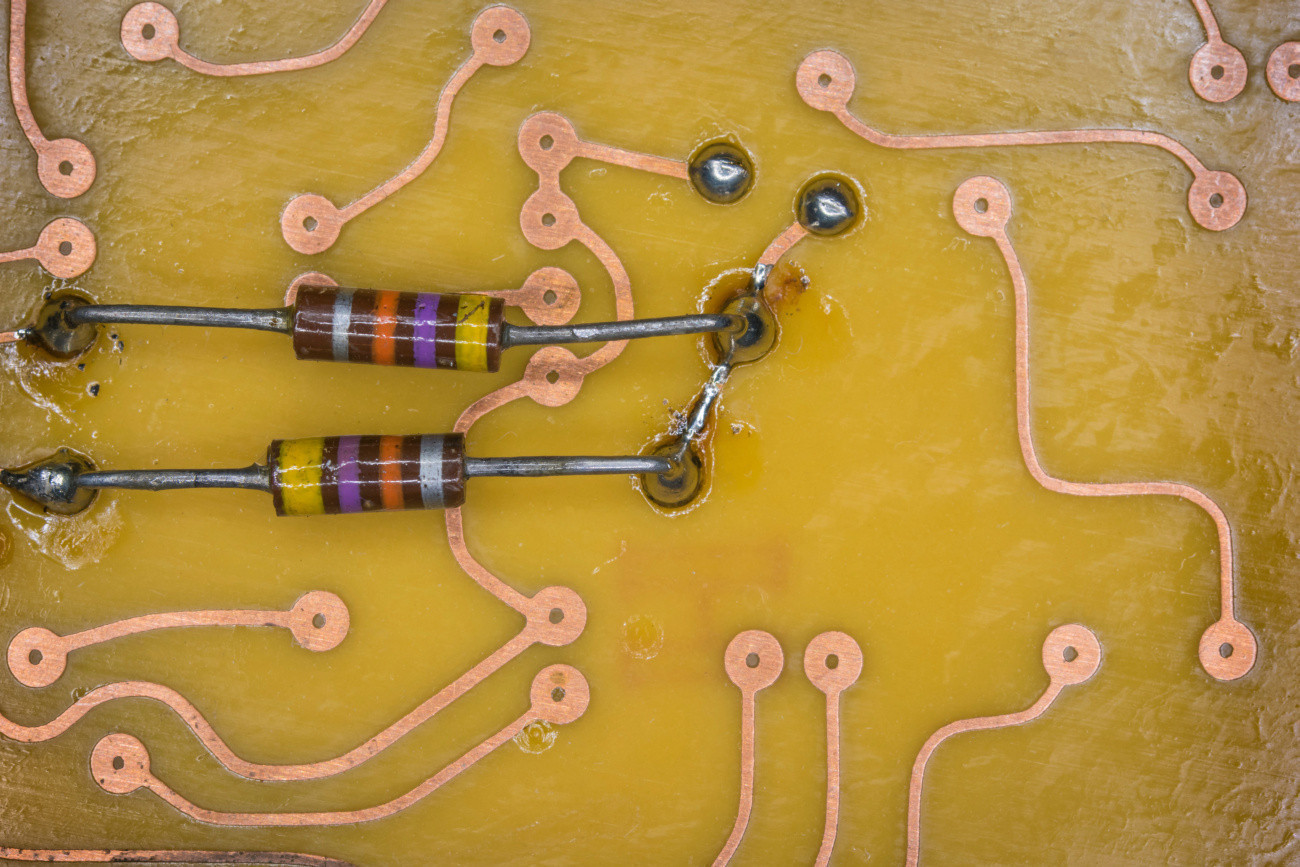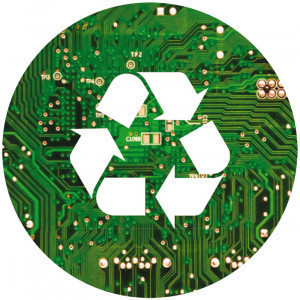As modern as ever or as never before. It is impossible to imagine our world of technology without it. The basic manufacturing processes were described in Paul Eisler's patent in 1943 [1]. This laid the foundation for economical manufacturing.
Eisler's patent was followed by many evolutionary, technological and functional developments. The USA and Germany were the hotbeds of innovation. The heyday in the 1980s with many in-house productions was followed by a fundamental restructuring. This restructuring of value creation and the value chain heralded the unsustainable death of PCB sites in Europe.
The printed circuit board - or: 'The dead live longer'
This saying manifested itself in the 1990s and 2000s. Anyone who has been around long enough will remember. After each subsequent death of a manufacturer in Europe, people hoped for better times. Unfortunately, purchases, sales and liquidations usually meant that valuable added value did not remain in Europe, but disappeared - to Asia, of course. What was once gone did not come back so quickly.
Fifteen years ago, politicians and the responsible ministries were already thinking in such a way that PCBs were not seen as essential to the country's economic orientation. Quote: "You just buy it in Asia" - somewhere else. The example of Ruwel shows that it is not quite so simple after all. In the 1950s, Ruwel was one of the first companies in Europe to start producing printed circuit boards. A traditional German company that was mercilessly driven into dependency and close to the abyss in the 1980s, 1990s and 2000s by the behavior of the automotive industry and its suppliers. When the automotive industry and its suppliers realized that without Ruwel there would soon no longer be a specialist PCB supplier in Germany to play this game, they launched a survival strategy for their 'best' supplier. Since 2013, Ruwel has been a Taiwanese company, which has kept the door open for the German market by buying up and retaining the site, thus offering the German automotive industry inexpensive access for the development of modern PCBs on site.
 Fig. 1: Old printed circuit boardNow! And this brings us to an important point. In the meantime, innovations for the car are just as unlikely to come from the former strongholds of industrializers and inventors as PCBs.
Fig. 1: Old printed circuit boardNow! And this brings us to an important point. In the meantime, innovations for the car are just as unlikely to come from the former strongholds of industrializers and inventors as PCBs.
History is repeating itself - what happened to the printed circuit board is now happening to the car. The move to Asia, and above all to China, is complete. Value creation has been reversed.
If we carry on as before, the modern printed circuit board will increasingly disappear from Europe. The best example is the textile industry. But I'm sure you can think of other examples (solar, wind power). Here, the manufacturers can be counted on one hand or have only 'emigrated' in the last year: "... End of rotor blade production: Vestas leaves Lauchhammer for good ... Regret in the Ministry of Economics ..." [2].
A technology of the future has simply disappeared. What will remain are a few institutes talking about it, researching it and ... ?
 Let's not be quite so pessimistic. What we could possibly do would be to revive recycling in our own country. The 'Green Dot' is a success story, isn't it? The circuit board could perhaps fit in well with this. At least the color is right.
Let's not be quite so pessimistic. What we could possibly do would be to revive recycling in our own country. The 'Green Dot' is a success story, isn't it? The circuit board could perhaps fit in well with this. At least the color is right.
Now comes the 'but'. Even if most PCBs are green in color, this does not mean that they are green or sustainable and environmentally friendly.
Flame retardants based on phosphorus or bromine are still used in most PCBs. We can read about this on the internet: 'EBFRIP welcomes the publication of the conclusions of the EU risk assessment and risk reduction strategy of TBBPA. The Commission's decision ends the risk assessment of TBBPA. This means that TBBPA can be used within the EU without restrictions' [3]. The re-evaluation has been ongoing since 2015 and is being carried out by Denmark [4].
Examples from the past show how things could be done differently. Not only Sony and Panasonic have done pioneering work. Proposals and fundamental developments were already being made at least 30 years ago [5]. Perhaps we should take another look at the history books. At that time, not everything was immediately posted on the very young Internet, but mainly recorded in books.
The printed circuit board remains an important component of modern electronics
To come back to the good news at this point. Of course there are modern and also hi-tech PCBs from Europe that are of the right quality. After all, the modern PCB was invented in Europe. What currently applies: class instead of mass. But we will probably have to get used to that.
Mass, but also class and innovation, will come from somewhere else. We just have to get along well with these others - from 'somewhere else' ...
And remember: 'The dead live longer'.
Best regards
Jan Kostelnik
j
www.tebko.de
Sources
[1] Paul Eisler: Patent GB 639178, 'Manufacture of Electric Circuits and Circuit Components', London, 02.02.1943
[2] Broadcast: Antenne Brandenburg, 30.06.2022, 8:30 a.m. - www.rbb24.de/studiocottbus/panorama/2022/06/vestas-ende-uebernahme-standort-lauchhammer.html (Retrieved: 7.8.2023)
[3] AnkeSchröter: TBBPA approved for marketing and use, Evertiq News, evertiq.de/news/4175 (Retrieved: 9.8.2023)
[4] Community rolling action plan (CoRAP) of the European Chemicals Agency (ECHA), www.echa.europa.eu/information-on-chemicals/evaluation/community-rolling-action-plan/corap-table/-/dislist/details/0b0236e1807e837f (accessed: 7.8.2023)
[5] New technologies for the production of recyclable electronic products: BMFT-Verbundprojekt 1992-1995, Final report Bound edition - January 1, 1995, VDIVDE-IT, Berlin


